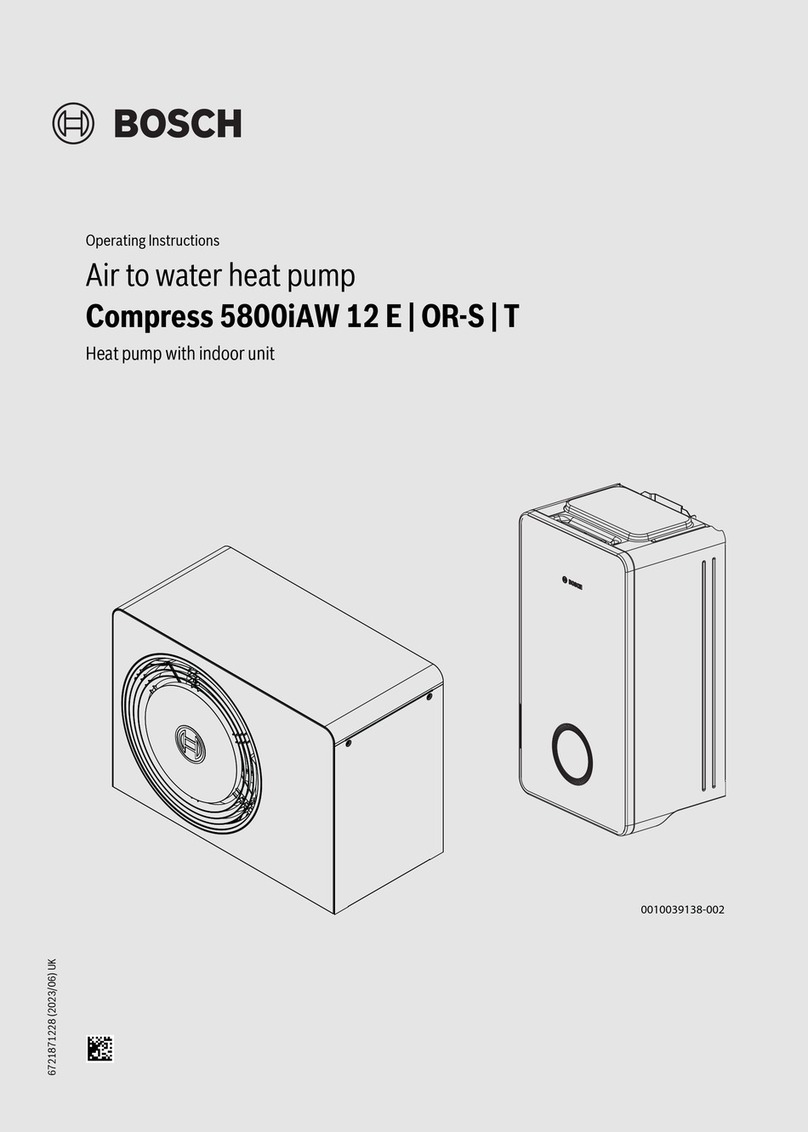Bosch FHP RT-20 User manual





This manual suits for next models
3
Table of contents
Other Bosch Heat Pump manuals

Bosch
Bosch CA User manual

Bosch
Bosch EHP 6.5 AA User manual
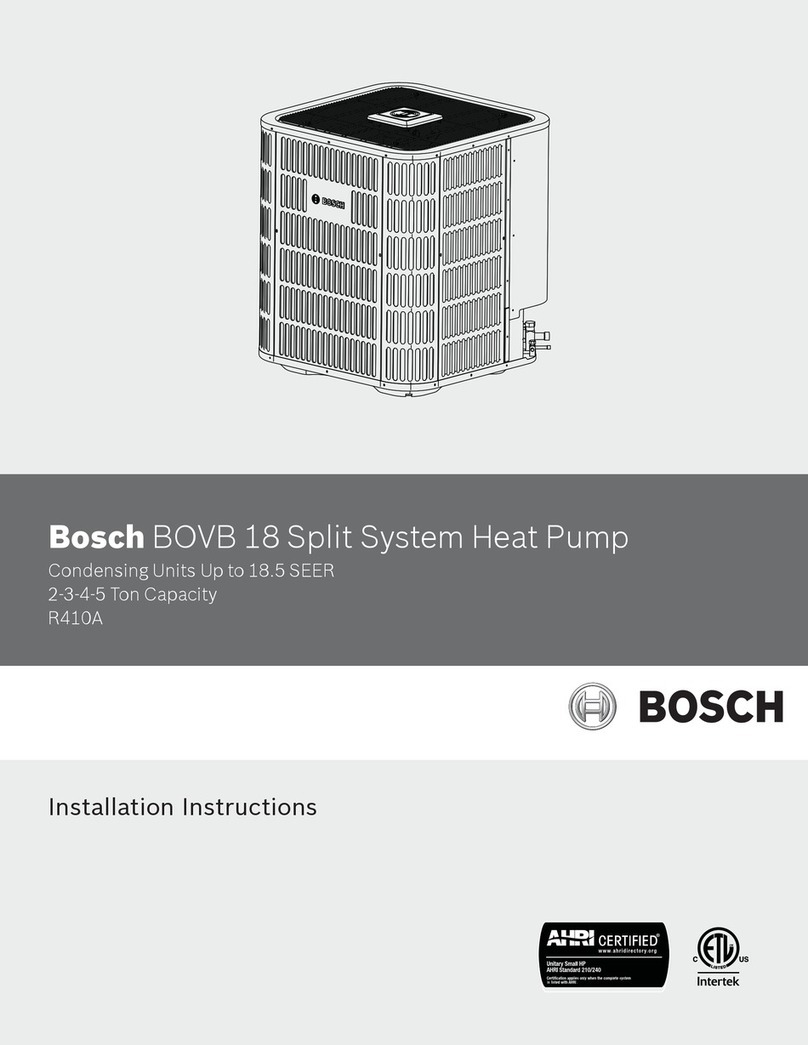
Bosch
Bosch BOVB 18 Series User manual

Bosch
Bosch AW 4 OR-S User manual

Bosch
Bosch Compress Hybrid 7000i AW Assembly instructions

Bosch
Bosch CA User manual

Bosch
Bosch ES025 Manual
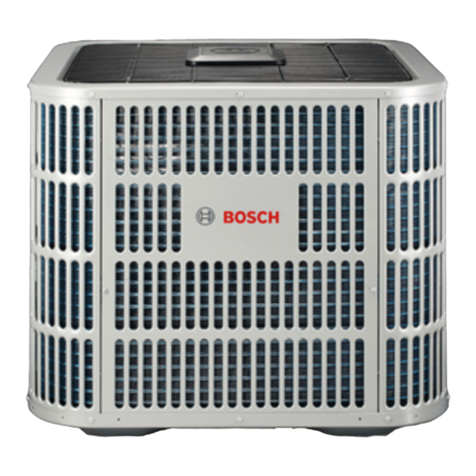
Bosch
Bosch IDS 2.0 User manual
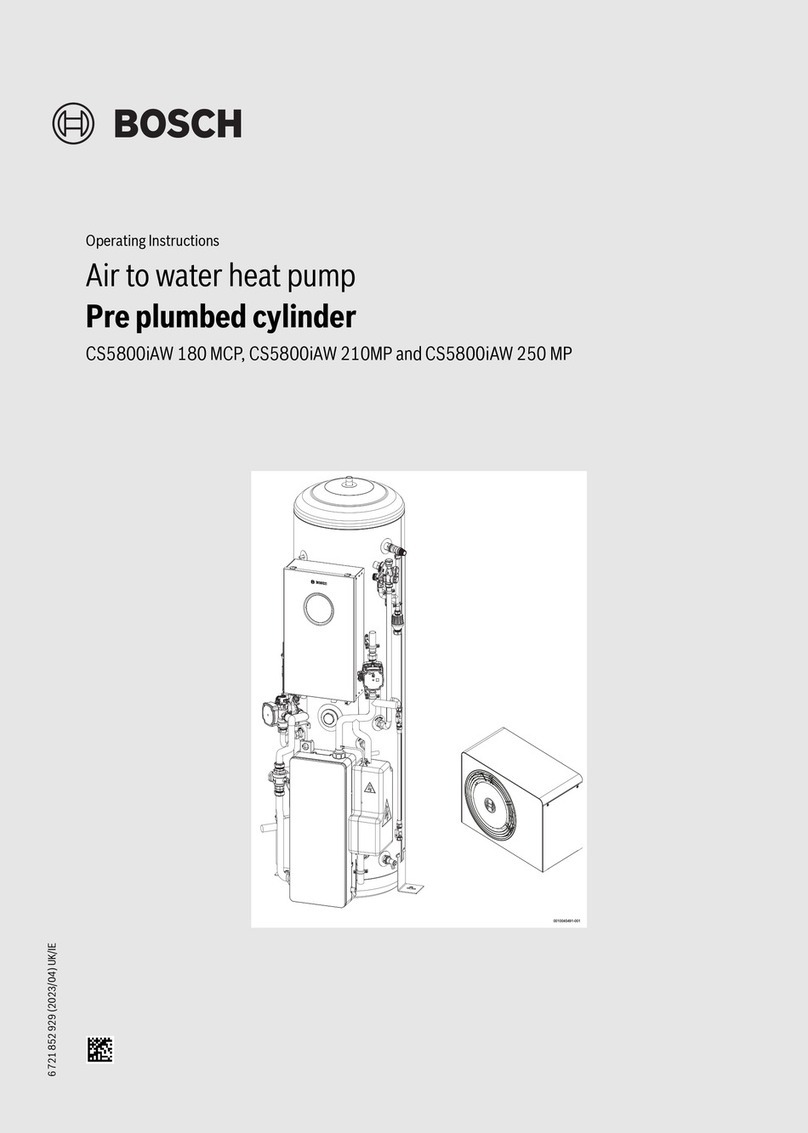
Bosch
Bosch CS5800iAW 180 MCP User manual
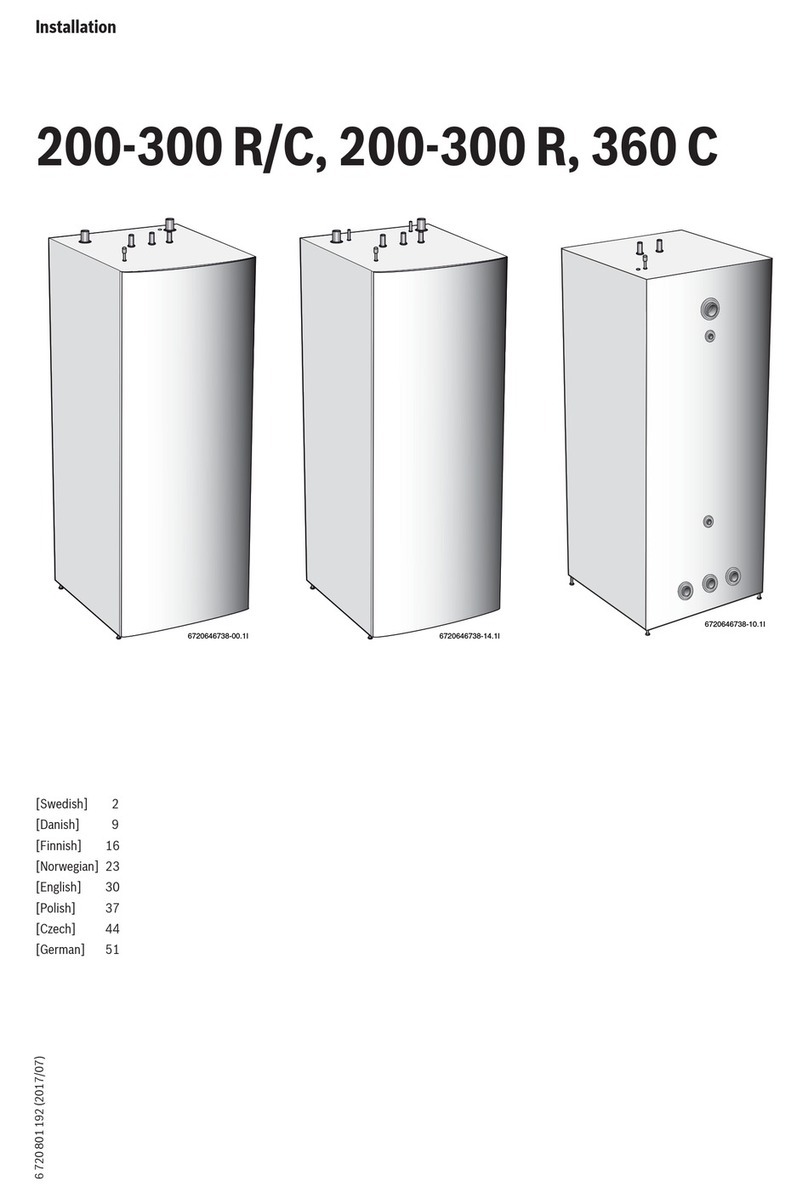
Bosch
Bosch 200 R User manual
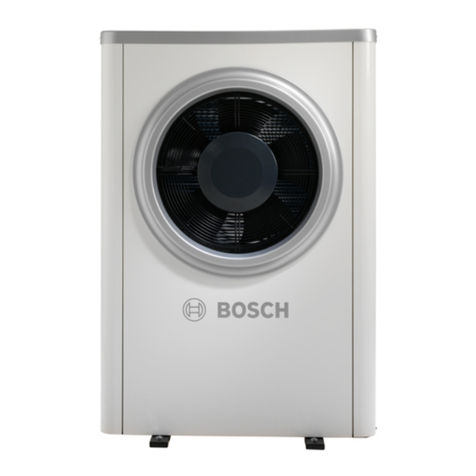
Bosch
Bosch Compress 7000 AWM/AWMS 5-17 User manual

Bosch
Bosch CE025 Manual

Bosch
Bosch LM Split CS Series User manual

Bosch
Bosch SM024 User manual

Bosch
Bosch LM024 User manual

Bosch
Bosch EHP 6-17 LW Manual

Bosch
Bosch SM024 User manual

Bosch
Bosch Compress 3400i AWS User manual

Bosch
Bosch BP070 Manual

Bosch
Bosch Compress Hybrid 3400i AW User manual
Popular Heat Pump manuals by other brands

Daikin
Daikin RXL12QMVJU Service manual

AIREDALE
AIREDALE BluCube CUR092V16-1CO-0 Installation and maintenance manual

Calyenty
Calyenty RBH 125 Customer's manual

GRE
GRE HPGI50 owner's manual

Carrier
Carrier 30XW Installation, operation and maintenance instructions

Hayward
Hayward SUMHEAT HP5131DT3 Installation instructions manual

REMKO
REMKO SQW 400 Electrical wiring

Sanyo
Sanyo SAP120FCH Service manual

Daikin
Daikin EHYHBH05AA Operation manual

Panasonic
Panasonic WH-SDF03E3E5 Design handbook

Airxcel
Airxcel 45000 Series Installation, operation and maintenance instructions

Mitsubishi Electric
Mitsubishi Electric PUZ-SWM60VAA Service manual

Dimplex
Dimplex LI 16I-TUR Installation and operating instruction

Carrier
Carrier WSHP Open v3 Integration guide

Mitsubishi Electric
Mitsubishi Electric EHSE-YM9EC Service manual

TGM
TGM CTV14CN018A Technical manual

Carrier
Carrier 38MGQ Series installation instructions

Kokido
Kokido K2O K880BX/EU Owner's manual & installation guide
